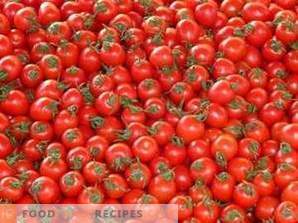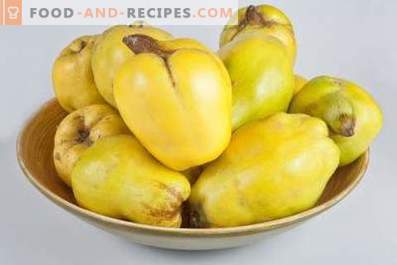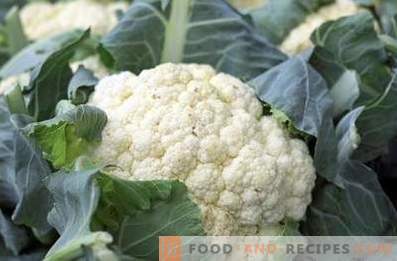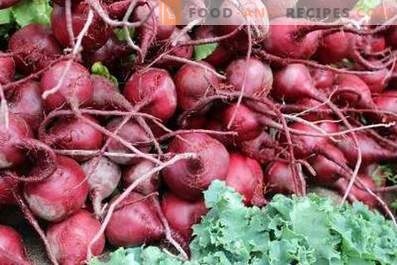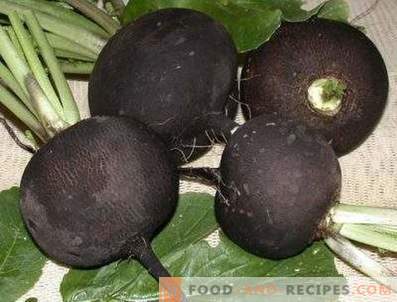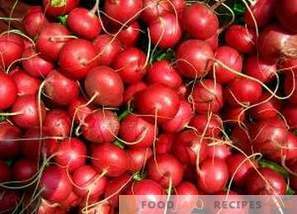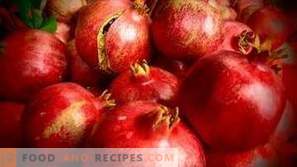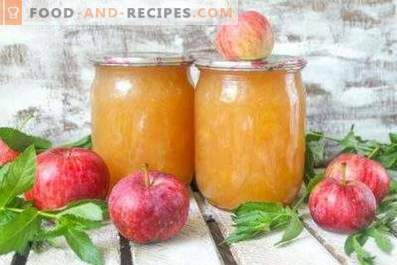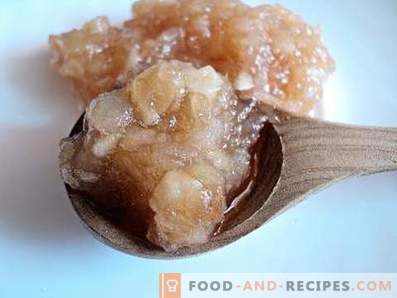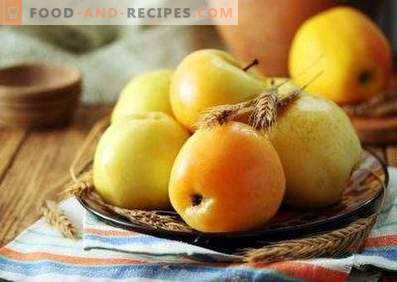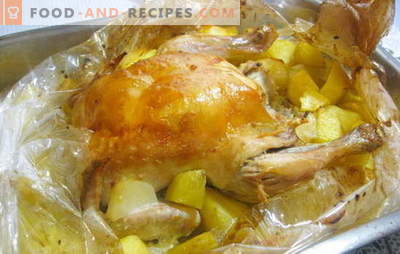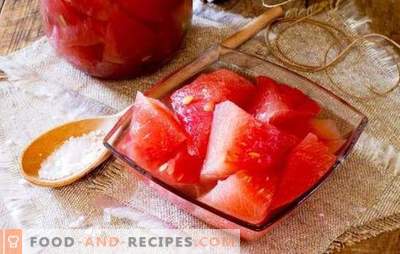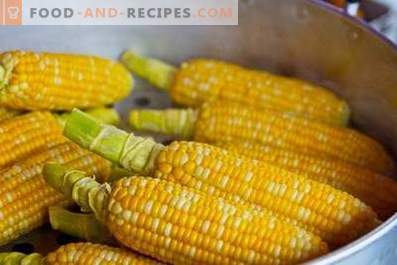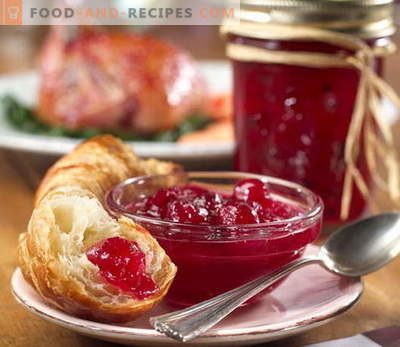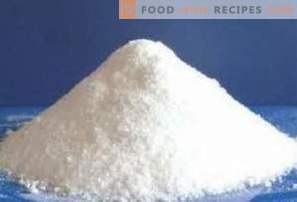
Those who do not have their own apple orchard, and buy apples only on the market, do not even realize what a difficult process it is - preserving them until the next harvest. And gardeners begin preparing for the harvest of these fruits in advance, because it is not enough to find a place to store apples - you also need to harvest in time.
What types of apples are suitable for storage
Of course, different types of apples differ in harvest time and storage conditions. Best kept autumn and winter varieties.
- Apples Tablet, Rennet Simirenko, Orlovskoye winter, Northern synapse, Kandil sinap can be stored for up to 8 months. But Antonovka ordinary, Oryol striped, Melba stored only 2-3 months.
- Rennet Burkhardt (Limonka) has good transportability and can be stored in favorable conditions until April. Peel the apples in late August.
- Aport is known for its excellent taste, tolerates transportation and even light pressure on the pulp, which does not cause browning, does not affect its qualities during storage. Under normal conditions, this variety is stored until February.
- Golden Delicious (Golden Superb) ripens in late September. These apples are well preserved until May.
- Jonathan is a North American variety. These fruits are greenish-yellow with a small blush. Their maturity comes in late September - early October. These apples are stored until March.
- The Japanese late winter form of Korea ripens at the end of September and is stored until May.
- Renet Simirenko - Ukrainian mid-winter variety. Its fruits weighing up to 160 g of yellow color are removed in late September - early October. They are well kept in normal conditions (in the basement, cellar) until May.
Varieties of apples can be listed endlessly. Their ability to store and must be considered when laying. But if you take the crop at the wrong time, it will disappear. The fact is that if the apples have not yet ripened, they did not have time to gain conforming qualities, that is, their skin did not become dense enough and there was not enough wax on it, and therefore moisture quickly disappears through it, and pathogens easily get inside. Such apples ripen poorly in storage and are not sufficiently protected from bruises during transportation.
But if you are late with the harvest, the apples fall off and are injured. Even if they are carefully removed from the branches, they will not be stored for a long time anyway, because they quickly ripen in the cellar, their flesh turns brown, and their skin is covered with spots.
Therefore, it is imperative to know the terms in which one or another variety of apples ripens. And also it is necessary to be able to recognize the degree of ripeness of these fruits by their appearance.
How to determine by the appearance of the ripeness of apples
- The ripeness is determined by the color of the seed. Most often they are gray.
- The taste and density of the pulp should be typical for this variety.
- Stalks should be easily separated from the sticks.
- You need to know the optimal size of the fruit of the selected variety. After all, this also affects the shelf life.
- Small fruits that do not fit this variety will quickly fade.
- Large apples are often affected by diseases and therefore deteriorate rapidly.
The fact is that in each fetus a certain number of cells was originally laid. During apple ripening, they stretch, their walls become thinner, which means that such apples are easily injured, they have dents and they deteriorate quickly. Therefore, medium sized apples are taken for storage.
How to produce apples for storage
- Fruits are removed in dry weather, when dew dries on the trees.
- Apples are not shaken off, but are carefully removed from the tree, starting from the lower branches.
- Fruits should be whole, not wormy, without dents and all sorts of spots. Therefore, it is recommended to make the removal of apples in fabric gloves, so that the nails do not accidentally damage the thin skin.
- It is advisable not to remove the stem, because without them the apples are stored worse.
- You cannot remove wax deposits from apples, which protects them from spoilage during storage.
- Fruits are neatly folded into baskets covered with hessian or other soft material.
- Before being sent to storage, or even better, during collection, they are sorted by size and separated from one variety.
Preparation of apples for storage
Method 1
To extend the shelf life of apples, they can be treated with a solution of calcium chloride.
- To do this, water is poured into a container (100 l) and a bucket of calcium chloride is added. Everything is well mixed.
- Apples are put in a basket or suitable container and dipped in solution for 15 seconds.
- Then the fruit is dried and aired.
Due to calcium, the peel of apples is strengthened and the storage time is extended by 1-1, 5 months.
Method 2
If stored improperly, a tan appears on the apples. To avoid this, the fruits immediately after removal are treated with a 3, 3% aqueous solution of antioxidants - food ionol, ethoxyquin or santohin, which are harmless to humans. They can be purchased at a special store.
- Take 2-3 g of substance per 1 l of water and make a solution.
- Apples are immersed in it for a few seconds.
- Then, without wiping, dry.
- Fold in storage container.
Method 3
To prolong the shelf life, the fruit is treated with a solution of propolis and vodka (alcohol).
- For 250 ml of alcohol-containing liquid, take 50 g of propolis and mix.
- Then each apple, holding the stalk, is dipped into this composition.
- Immediately, they are taken out and after natural drying they are put into boxes covered with paper, film or chips, and at the same time they are re-lining each row.
Optimal conditions for storing apples in a vegetable store or basement (cellar)
- The most favorable temperature for storing apples is from 0 to 5 ° heat.
- Humidity should be 85-95%.
- Storage should be clean and well ventilated.
- In the basement or cellar, the walls should not be cement, as there will always be dry air in such a storage.
- The best option is brickwork. For the same reason, the floor is not concreted, leaving it earthen.
- It is advisable to have a thermometer and a psychrometer in the cellar to determine the room temperature and humidity. If the air in the basement is dry, the apples will shrink. And with excessive moisture, they will begin to rot.
- Therefore, to reduce the humidity in the room where apples are stored, put buckets with quicklime or dry sand. To increase the humidity of the air, water is poured into the buckets and poured onto the floor.
- To maintain an optimal temperature, airing is performed by opening vents, or, conversely, they are temporarily closed. But at the same time, they make sure that the temperature drop is not too strong, otherwise the apples may mist over and therefore will deteriorate.
How to store apples on racks
Apples are laid out in one row on shelves that are covered with film, thick paper or sawdust. Fruits should not touch each other, and the stem should look up. Apples can be folded in 2-3 rows, separating each row with film or paper or shifting them with sawdust, moss, leaves.
How to store apples in boxes
Wooden boxes or cardboard boxes are lined with plastic wrap (40-60 microns), the apples are put in there and covered with the ends of the film. Such boxes with a capacity of 20-25 kg are installed in piles up to two meters high.
How to store apples in plastic bags and bags
Method 1
Apples are placed in plastic bags of 2-3 kg and, without tying, sent to the store.
After the fruit has cooled, the bags are tightly tied and put in boxes or put away on shelves.
This method of storage is based on the fact that apples, being in a package, absorb oxygen, and emit carbon dioxide. When oxygen is consumed, a kind of gas chamber is formed in the bag, in which the apples will stay fresh for a long time, as the ripening process slows down.
Method 2
Apples can be stored in plastic bags (150-200 microns), which can hold up to 30 kg. But in this case, a window is cut out on the side of the bag and a gas-permeable membrane is made. With the bag it is fastened with adhesive sealant or tape.
The size of the window should be 5-8 cm2 per 1 kg of apples.
A gaseous environment is established in such bags, which favorably affects the condition of apples, and therefore they do not deteriorate and remain fresh for 8 months.
How to store apples in the ground or sand
Method 1
Some owners bury apples, folded in plastic bags, in the ground to a depth at which the soil in that place does not freeze through. But the fruits before the bookmark should not be warm. Therefore, they are first kept in the basement so that they cool down, and only then sent underground.
Method 2
Similarly, apples are stored in a barrel of sand.
- A metal barrel is lowered into the cellar and dug it into 2/3 of the height into the ground.
- A thin layer of clean, dry sand is poured at the bottom and apples are placed so that they do not touch each other.
- Fill them with sand.
- Lay out the next row of apples, which are covered with sand again.
- Top apples are covered with a four-centimeter layer of sand.
- The barrel is closed with plastic wrap, then with a lid and put the load.
- Apples are also stored at a temperature of 0-5 ° C.
How to store apples in an apartment
In the apartment, apples are stored in the same way as in the basement.
But such storage conditions are only in the refrigerator or on the balcony, if it is glazed, and the temperature there does not fall below zero and does not rise above + 5-6 °.
On the balcony apples are placed in boxes covered with plastic wrap. Each row of fruits shift sawdust.
You can also store apples in plastic bags, as long as the light does not fall on them and they are not heated.
In the refrigerator apples are stored in tightly tied plastic bags in the vegetable compartment. You can do without the package, but then you need to wrap each fruit in thin paper or parchment and only then fold it into the drawer or compartment of the refrigerator.
Apples, which are highly susceptible to sunburn and have a small shelf life (Melba, Welsey, Cinnamon New, Antonovka, Pepin saffron), are wrapped in napkins soaked in vaseline oil, and then removed in the refrigerator. The same method is used when storing apples in the cellar or basement.
But whatever storage method is chosen, the apples must be periodically reviewed in order to remove the fruits that began to deteriorate in time. And also you need to know which varieties of apples are stored the worst of all, in order to use them as food first.
